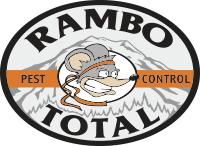NEED HELP? WE’RE AVAILABLE. CALL NOW. (253) 848 – 6000
NEED HELP? WE’RE AVAILABLE. CALL NOW.
(253) 848 – 6000
Stinging Insect Control & Prevention
Stinging insects, from bees to wasps, evoke a delicate balance of fascination and fear. With their intricate societies and vital roles in pollination, they are both captivating and potentially dangerous. This is especially true when they come into contact with our homes.
At Rambo Total Pest Control, we have all the tools and experience necessary to eliminate an active nest quickly and efficiently. We can usually accomplish this within hours of your call!
Professional Stinging Insect Control Services
Stinging insects can be persistent and potentially dangerous pests to deal with. From painful stings to nest-building in inconvenient places, these pests can disrupt your outdoor activities and pose a threat to your family’s safety. However, our expert pest control services provide effective solutions to rid your property of stinging insect infestations.
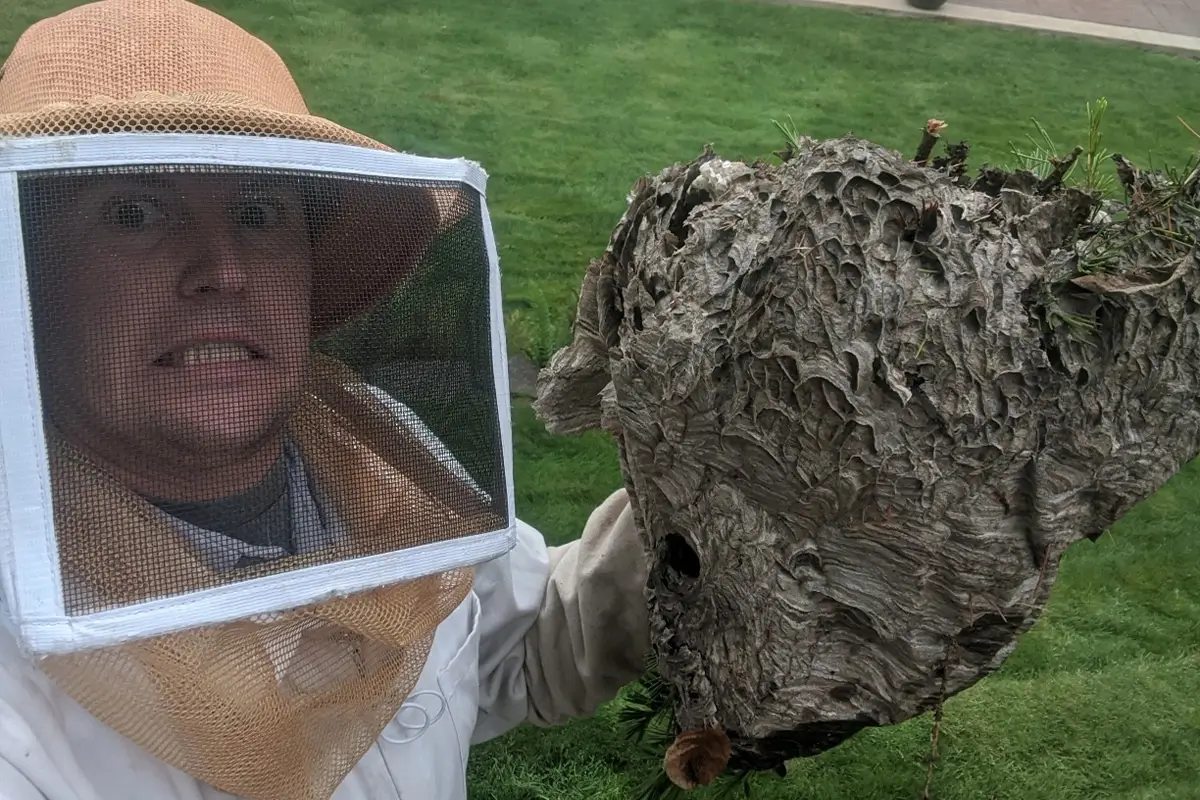
The Dangers of Stinging Insects
Many stinging insects like bumble bees, honey bees, and even mud daubers are not aggressive unless threatened. In fact, these insects are incredibly beneficial to the environment. Others, however, such as yellowjackets and bald-faced hornets are extremely aggressive, posing a major threat to people and pets, especially when nesting near homes and businesses.
Stinging insect nests can be found in the ground, in bushes and trees, in construction voids, and sometimes inside a wall or ceiling. Wall and ceiling nests can pose a serious threat; they can actually eat their way through the drywall and break through into the living space.
Some of the common traits among stinging insects are:
Stinging Insect Identification
Washington is home to a number of stinging insects, including all manner of aggressive stinging insects such as wasps, and more beneficial stinging insects like bees:
Aggressive Stinging Insects
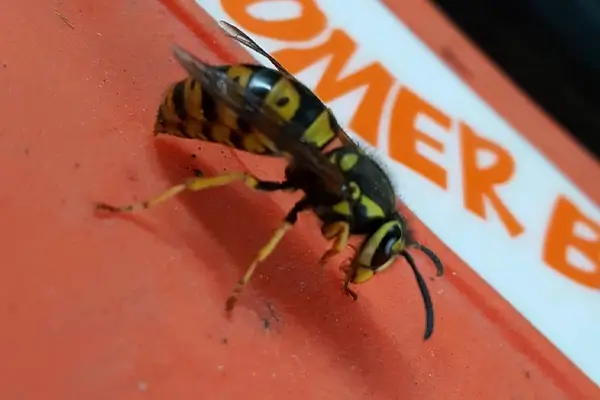
Yellowjackets
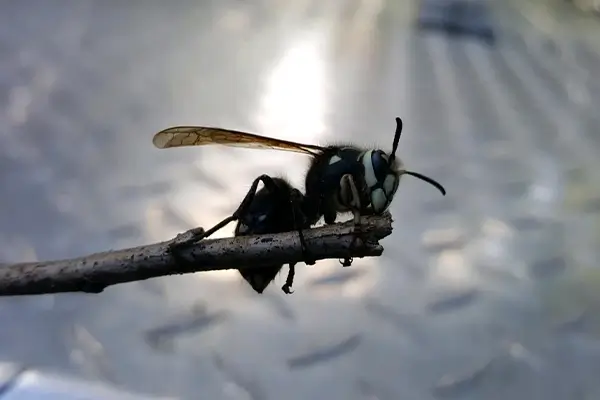
Bald-Faced Hornets
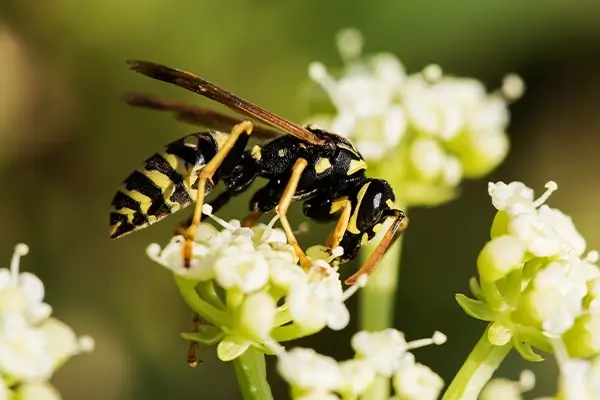
Paper Wasps
Beneficial Stinging Insects
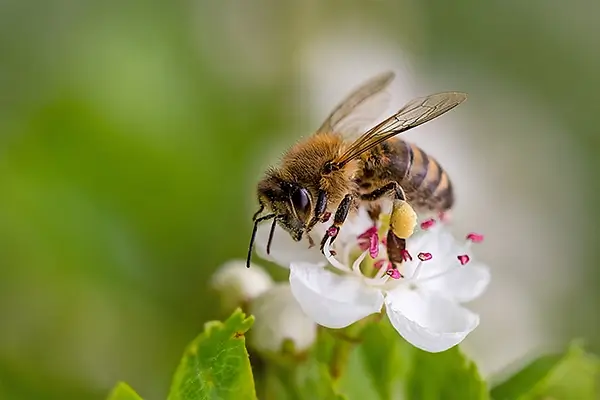
Honey Bees
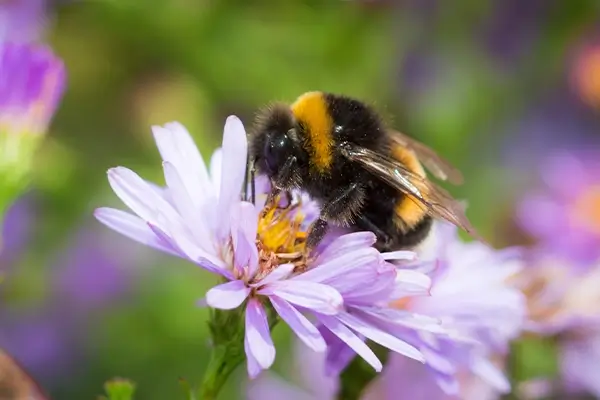
Bumble Bees
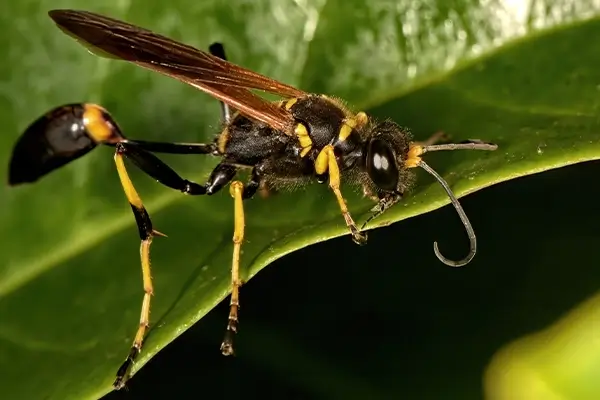
Mud Daubers
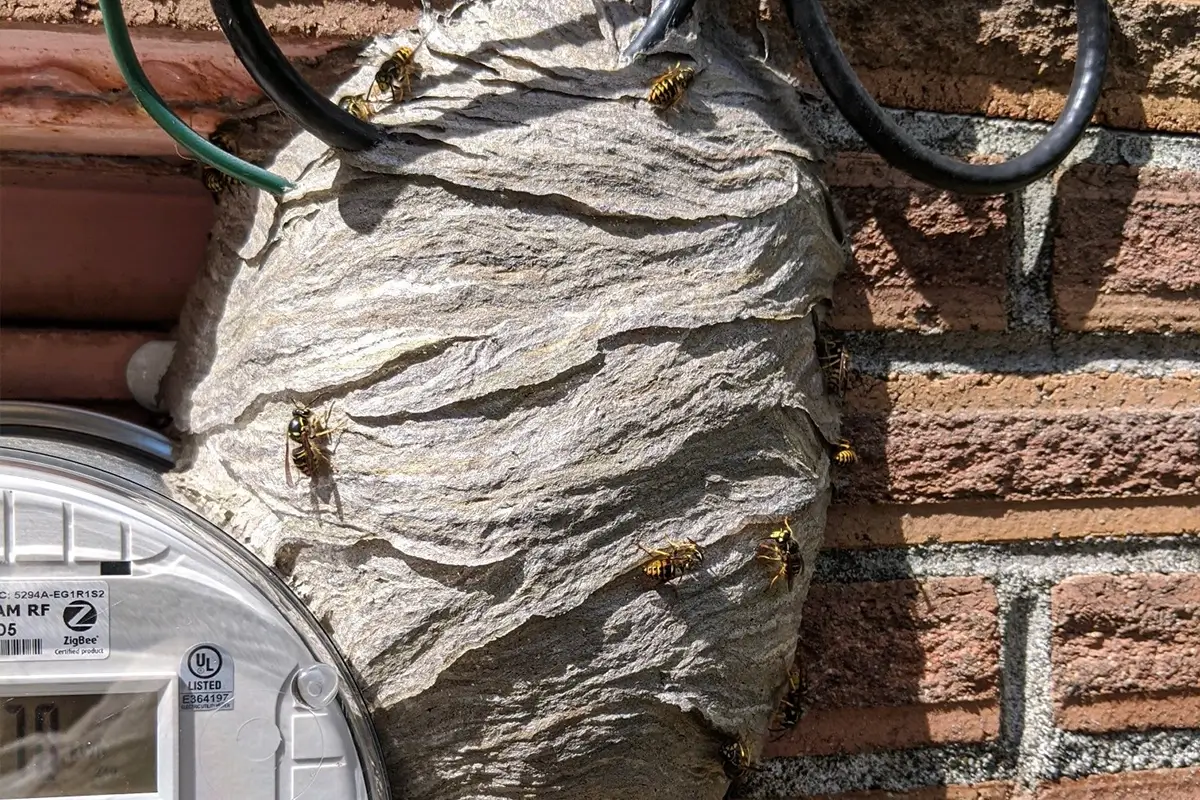
Stinging Insect Control Methods
At Rambo Total Pest Control, we have all the tools and experience necessary to eliminate an active nest quickly and efficiently! We can usually accomplish this within hours of your call. Upon arrival, we will inspect your property so that we can locate the stinging insect nests. If you have any areas of concern, please inform your technician.
The location of the nest will determine the treatment method, and if the nest can be removed or not. We will always attempt to remove the nest from your property after we destroy it for immediate results; however, sometimes the nest location prevents that from happening. We warranty the treated nests until the end of the calendar year, but this warranty is limited to social varieties of stinging insects which build large nests, like yellow jackets and hornets.
Stinging Insect Prevention Tips
Some preventative actions can be taken to limit stinging insect activity on your property, but the true measure of control is only possible when a nest can be located and destroyed or removed:










